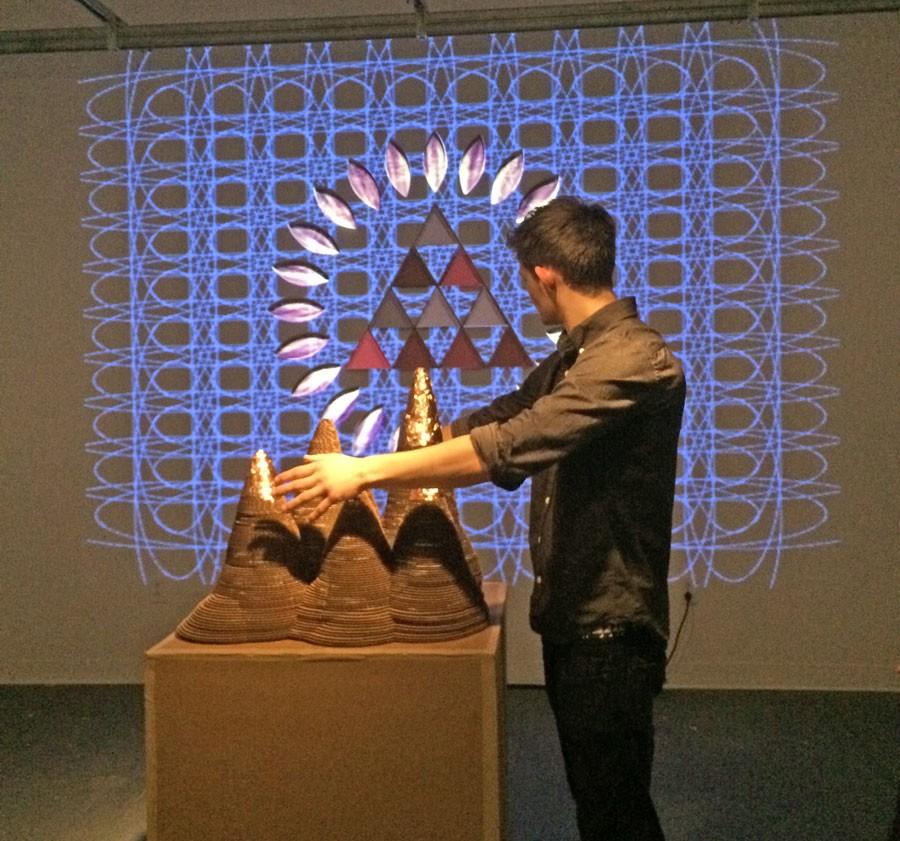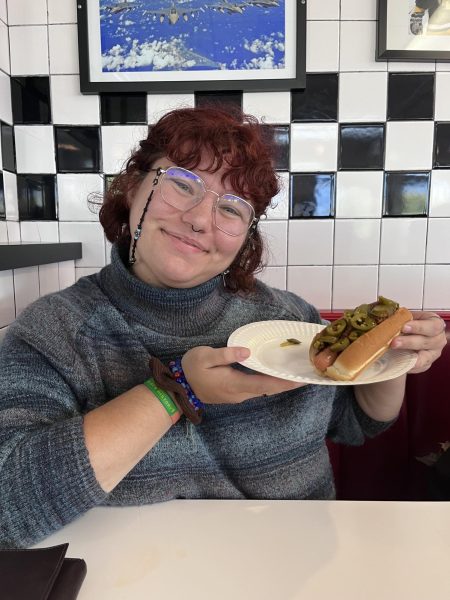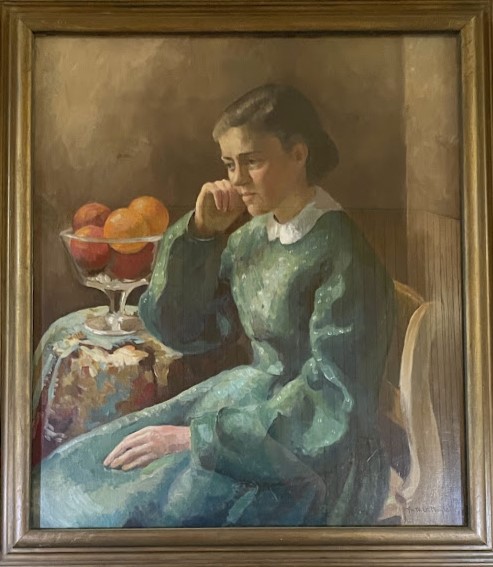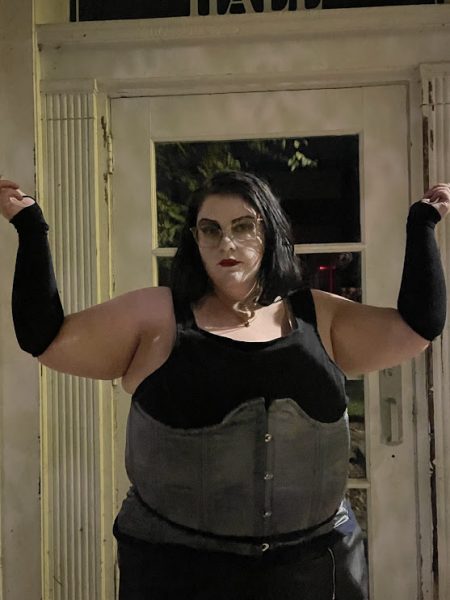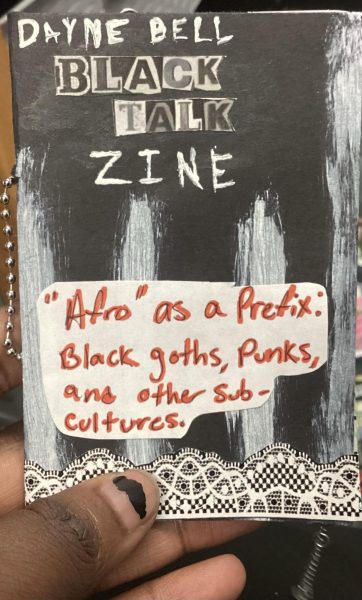JSC Fellow blends art and technology
Martin de Gues manipulates the projection
Dickie Cox, an inter-media artist from New Jersey, was selected from a Fellowship program established by retired college president Barabara Murphy. After staying for a week, he presented his exhibit “Layers, Cells and Constellations” in Johnson State College’s Susan Calza Black Box gallery on March 25 at 4 p.m.
Johnson State College’s art department was granted a laser cutter last fall. A key component in the choice of the Fellow was the department’s desire to work with this new equipment.
Cox is a resident of New Jersey, and got his Masters in fine arts at Virginia Commonwealth University with an emphasis in film. His mediums and art experience include graphic design, coding, installation, and animation.
Cox kicked off his week here with an artist talk on March 22 titled “I Want to be a Wizard When I Grow Up.” Cox worked with Sculpture Professor Michael Zebrowski’s classes to produce over 2,000 cardboard pieces for this project. These pieces of cardboard were made into interactive stalagmites, as if you were in a 3D cave.
The opening started with a famous quote by Plato: “You can discover more about a person in an hour of play than in a year of conversation.” Cox firmly believes in the use of play, especially in his work. He grew up in Southern Virginia and strongly disliked socializing, so he mostly explored in the woods.
Until he found the world of gaming, that is. “Dungeons and Dragons saved my life,” said Cox. He began playing table-top games in early childhood, which shaped his art. “Table-top games are rule-based systems, where you have tokens and abstract markers and it is very easy for large groups to see what is happening. Everyone is collectively storytelling and playing, and I love that.”
Cox is inspired by multiple art and music collectives like the Elephant Six and Meow Wolf, and worked with Elephant Six on different music and film collaboratives. “In 2012, while exploring facets of programming in open-source electronics, I became captivated by newly emerging tools of digital fabrication and inspired by the physical installations of the Meow Wolf Collective, the Architects of Air, Daniel Rozin, and Gabriel Barcia-Colombo,” said Cox.
This inspiration changed Cox’s approach to his work, and he now works with physical and virtual objects to create three-dimensional art.
Cox’s installation was straight out of a video game. Tall, geometric cardboard cut-outs created a gated entrance that lined the gallery opening of the Black Box. Small, medium, and large circular cardboard cut-outs were attached to the larger gallery in specific patterns, and tables were sprinkled with the same circular cutouts.
The Black Box had no lighting, and the inside was filled with the stalagmites at various heights. An intricate triangular pattern was projected on one wall, which was controlled by the movement of your hands over specific stalagmites. These special stalagmites had golden tops and were equipped with hardware inside to sense motion. There were three special stalagmites: one controlling movement, one controlling lights, and one controlling sound. With the wave of a hand, the triangle changed shape and color and produced a different beat. The beat was a peaceful chiming that rose and fell in pitch.
Experiencing the installation was a collaborative effort, as one person couldn’t control all three monitors simultaneously. “Play is very important in my work,” said Cox. ”I like challenging people and surprising them.”
In closing, Cox said, “I can’t thank Michael Zebrowski, Ken Leslie, and Martin de Geus enough for their hard work throughout the week, and all of the classes that helped me assemble this project. I have had a tremendous experience at Johnson State College.”


